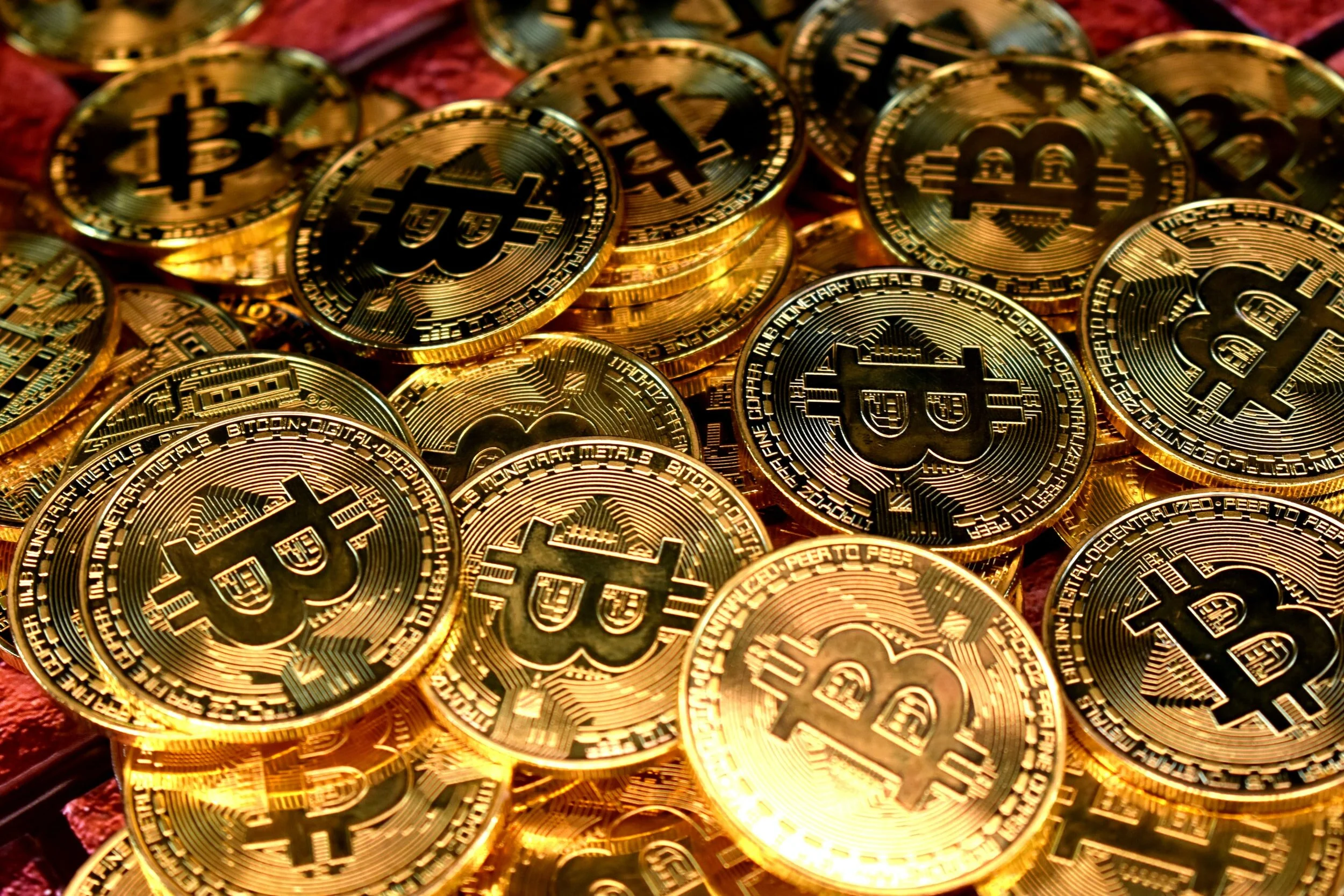FOMO and Shiny Objects
These are strange times in which we live.
The last 12 months has produced a market environment unlike any we have ever seen.
The compression of market cycles has caused meaningful movements to happen quickly, and in all corners of the market.
For many, the last 365 days as an investor have produced many emotions: fear, greed, panic, anxiety, euphoria, information overload – but none more powerful than the fear of missing out, otherwise known to the kids as ‘FOMO.’ And boy oh boy is that one powerful. FOMO is the close cousin of ‘regret aversion,’ a clinical behavioral bias that can wreak havoc on a financial plan if left unchecked.
The reality is that it is been very difficult for nearly anyone, investing in nearly anything, to lose money since roughly May 1st of 2020.
Bitcoin? You bet, up 447% since 5/1/20.
Pokémon cards? Essentially gold-plated paper at this point, with 2020 bringing about a sale of one card for over $200,000.
NFT’s (non-fungible tokens)? Of course. NBA’s product ‘Top Shot’ lets investors buy the ‘digital rights’ to specific video clips of prominent moments in NBA history. This clip of a thunderous LeBron James dunk fetched over $200,000 as well in a recent auction. Resale value is expected to be 2x or 3x in a few months.
There are seemingly endless ways that ‘other people’ are making gobs of money during arguably one of the most tumultuous economic periods in our lifetimes. With that feeling of missing out, our likelihood of making decisions that are outside of our expertise and/or not in line with our overall investment strategy skyrockets. We are blinded by the shiny objects.
With attention spans devolving each day & inching closer and closer to resembling that of a squirrel, it has become increasingly tempting to stray from the course or the path we have laid out for ourselves – time tested and risk mitigating investing strategies that lead to building wealth over a lifetime of good habits and positive annual returns. Casting their stated strategies aside to chase the ‘home-run’ potential of one investment, hoping for miracle returns on things they don’t understand but expect to come through, ‘dollar-drunk’ watching internet people tell tales of quick riches that may or may not be true.
In time like these, the best thing we can do is … breathe.
A plan is important, not because it can’t be changed (it most certainly can) but because a plan sets some baseline expectations for how events may play out, along with guidelines for future actions we may take. A plan is a measuring stick and an accountability partner all-in-one.
I heard a TV personality aptly summarize this climate a few weeks ago; it feels as though the 2020 buying frenzy motto should have been, “That idea sounds stupid, but I’m going to buy some just to be safe.”
As you try to scrape the back of your brain to remember why on earth you own a bunch of indexed, diversified ETF’s instead of GameStop, SPACs and Beanie Babies, please also remember that when the proverbial dung hits the fan, you’ll be just fine – unlike the folks holding the latter three who very well may be financially ruined and have to start over. From scratch.
Long story short – you’ve worked too hard to risk it all during this period in the market when even the best of the best hedge fund managers have ZERO idea what is going on. New things will always come around – some of them will be great investments that change our lives forever. Many, many others will be devastatingly worthless leaving a trail of broken dreams and empty wallets in their wake.
A plan is accountability.
A plan is guardrails.
A plan is sanity.
And a plan will keep your eyes on the finish line, undeterred by whatever shiny object tries to get your attention (and ultimately your money).
Have a plan.
This post originally appeared in the McKinley Carter Blog.

